What are individual coffee beans? how to distinguish the characteristics of single coffee and Italian coffee?
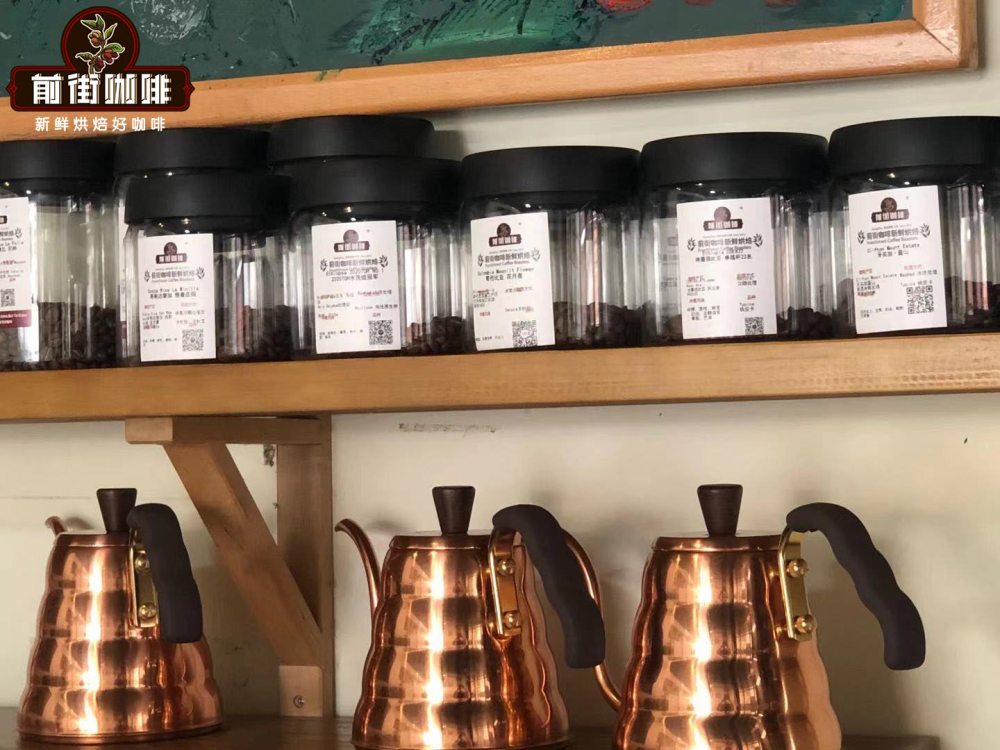
Before the rise of boutique hand-brewed coffee in China, people knew more about coffee with milk. With the passage of time, people know more and more about coffee, and they began to have Italian coffee beans and individual coffee beans. But I don't know since when, people regard individual coffee beans as something more advanced than blending coffee beans, and even drink coffee in outside cafes to scramble for SOE.
In fact, the full name of SOE is Single Origin Espresso, which translates to single-origin espresso. People drink too much hand-brewed coffee. Basically, each single type of hand-brewed coffee has its own characteristics, such as the sour smell of small tomatoes in Kenya, the rich nutty tone of Brazil, and so on.
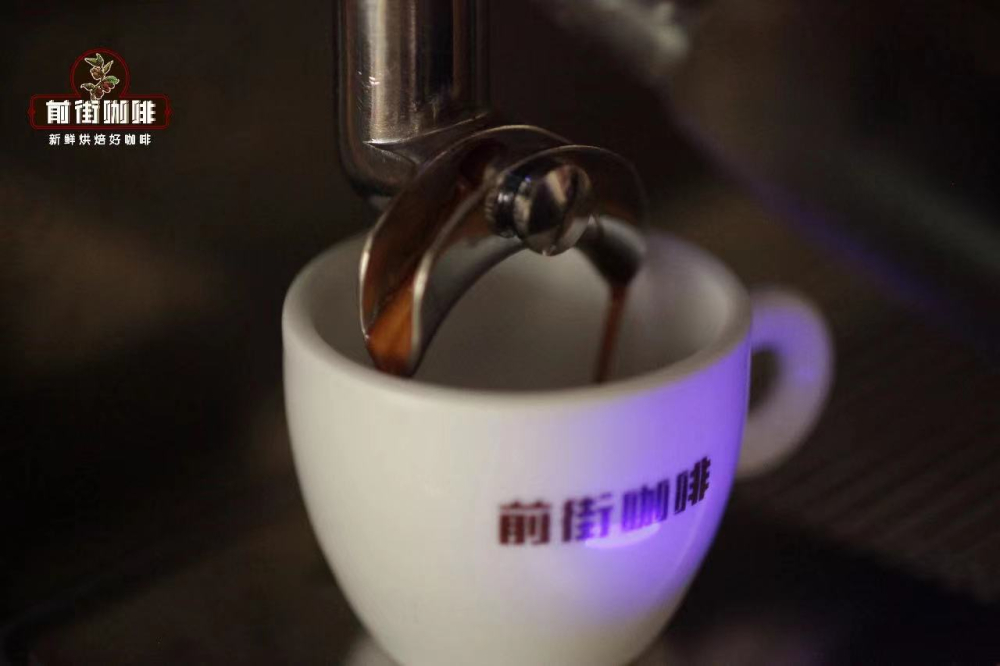
The principle of making espresso is to use an extremely high pressure to squeeze the boiling hot water through the coffee powder as thick as flour, and extract the rich coffee liquid in a short time. High pressure, high temperature and fine grinding also enable more flavor substances to be extracted from coffee beans. Under the specific baking curve and cooking parameters, the unique flavor and taste of hand-washed coffee beans were obtained by combining the flavor of local and local treatment. The coffee beans usually used to make hand-brewed coffee are not roasted. If Ruyi espresso is used as a set of more extreme extraction parameters, some flavor expressions are exaggerated, such as acidity and so on.
In addition, in the production of SOE, the grinding degree of each coffee bean is different, the water temperature and other parameters are also different; the temperature and humidity of the environment will also have a great impact on the grinding degree, and the product is not very stable. Therefore, the front street coffee stores do not produce SOE.
The coffee beans used to make espresso in Qianjie Coffee are carefully prepared sunflowers with warm Italian coffee beans. As the aroma of wine is rare in espresso, when used to make milk coffee, the proper acidity of the coffee can better highlight the sweetness of milk. So Qianjie sunflower sunflower coffee beans are made of 70% Honduran sherry coffee beans and 30% Ethiopian sun red cherry coffee beans.

Honduran sherry coffee beans are delicately washed after the coffee fruit is picked, then put into a whisky barrel to ferment at a low temperature for 30 to 40 days, and finally dry in the shade. Friends who have come into contact with whisky should know that there are many types of whisky that have been drummed or ripe. Porter buckets will have a salty flavor, while Shirley buckets are more sweet of fruit and honey. At the same time, Honduran sherry coffee beans also have the same characteristics of Shirley bucket whisky, the same sweet and delicious, giving this Italian espresso bean whisky aroma and strong vanilla, creamy flavor.
30% of the Ethiopian sun-tanned cherries are the sun-tanned coffee beans of the red cherry project in the Yegashifi region of Ethiopia, which gives Africa a rising acidity for sunflower blending and contributes a lot to improving the sweetness of milk coffee.
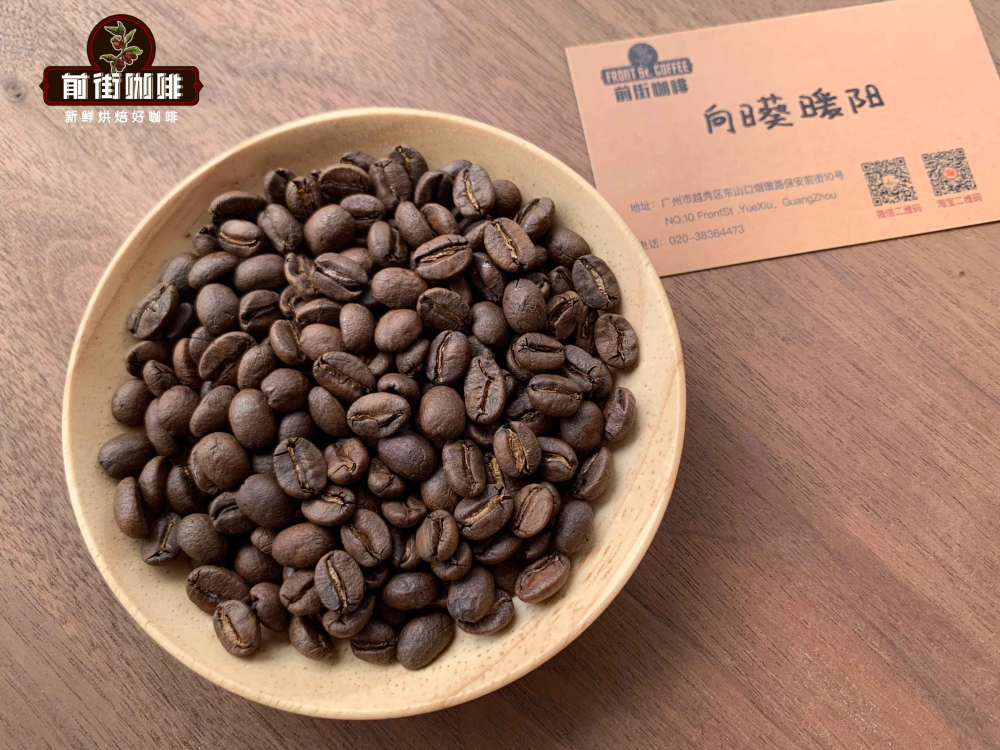
Qianjie Coffee Sunflower with Coffee beans
Producing area: Honduras & Ethiopia
Varieties: Kaddura, Kaduai, Pacas, native species
Treatment: washing and insolation
After learning about the recipe of Qianjie spaghetti beans, many friends consider that they usually only drink more hand-brewed coffee. so they want to buy a Honduran Shirley hand-brewed coffee bean and an Ethiopian sun-red cherry hand-brewed coffee bean to match it at home. However, this operation is not scientific, and even if it is done in this way, it will not get the taste of sunflowers with beans. At that time, because, with the different cooking methods and cooking parameters, the baking degree and baking curve are different, the final taste may also be bitter and astringent, which is difficult to swallow.
When it comes to individual coffee beans, many friends also have misunderstandings about it. Take the Panamanian sunflower butterfly on the front street bean list, for example:
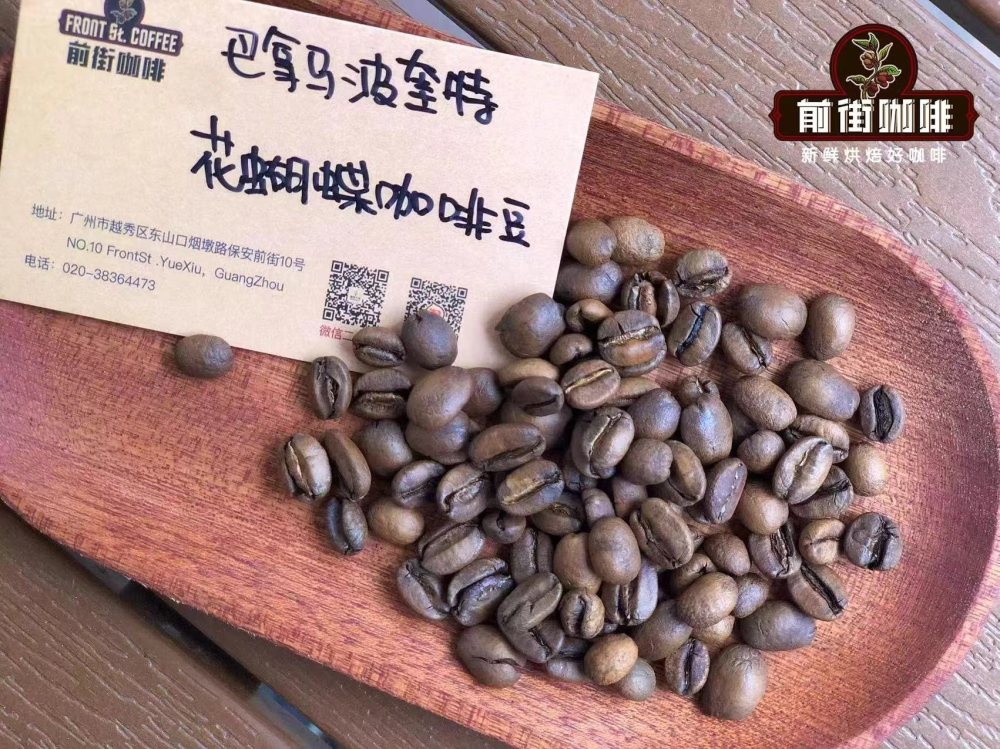
Front Street Coffee Panama Sunflower Butterfly Coffee beans
Producing area: Pokuit producing area of Panama
Altitude: 1600 m
Varieties: 70% Rosa, Kaddura, Kaduai
Treatment method: solarization treatment
When friends hear about individual coffee beans, many will think that individual coffee beans are single varieties of coffee beans, while there are three species in flower butterflies, so flower butterflies are not individual coffee. Qianjie Coffee needs to be reminded that this understanding is wrong. Even if the flower butterfly contains Rosa, Kaddura and Kaduai, each coffee bean here comes from the same producing area, so it belongs to individual coffee beans.
However, many of these different varieties of coffee beans in the same producing area are mixed for different reasons, some for a more balanced taste. On the other hand, the coffee bean of Flower Butterfly is caused by the historical reasons of the manor that produces coffee beans. in order to pursue yield, the coffee trees of Rosa, Kaddura and Kaduai were mixed together in the early planting, and in order to facilitate picking, coffee farmers also subdivided three varieties when picking, but mixed the three varieties directly when they were exported. The purpose of this is also to express the mellow taste of coffee.
Having said so much, in fact, single-product coffee means coffee from a single producing area or a single producing area, not a single variety.
Friends who want to see the fragrance of sunflower wine at home and do not want to waste coffee beans can rest assured to buy this Italian blend of coffee beans. Qianjie has long taken into account the idea of drinking both espresso and hand-brewed coffee when formulating this recipe. But the idea that espresso doesn't drink much. This sunflower sunflower blend can also be used to make hand-brewed coffee.
Because Qianjie uses the degree of medium-deep roasting when roasting this coffee bean, Qianjie recommends using a water temperature of 88 degrees Celsius, KONO filter cup and medium coarse grinding when cooking this coffee bean.
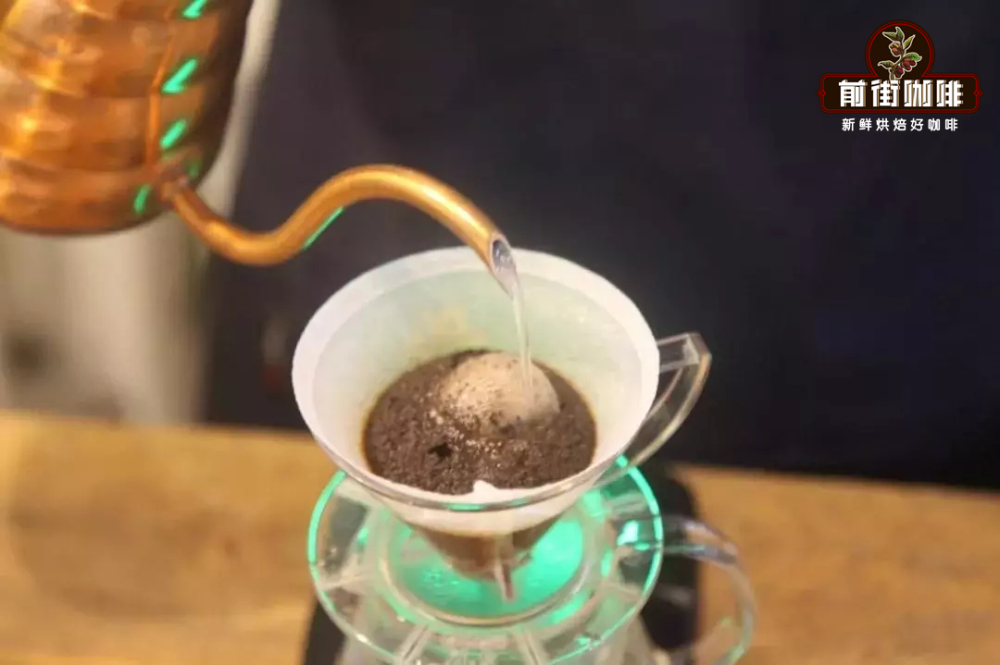
Filter cup: KONO filter cup
Water temperature: 88 degrees Celsius
Amount of powder: 15g
Ratio of powder to water: 1:15
Grinding degree: 70% pass rate of No. 20 screen in China
First wet the coffee powder with 30 grams of water and steam it for 30 seconds, inject small water into the center and slowly circle to 125 grams, drop the water level in the filter cup to 225 grams, and the total extraction time is about 2 minutes.
For more information about coffee beans, please follow the coffee workshop (Wechat official account cafe_style) and exchange professional coffee knowledge. Please add Wechat account kaixinguoguo0925.
Important Notice :
前街咖啡 FrontStreet Coffee has moved to new addredd:
FrontStreet Coffee Address: 315,Donghua East Road,GuangZhou
Tel:020 38364473
- Prev
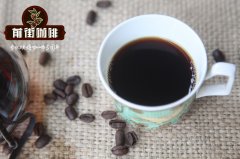
I drink a lot of coffee, but do you know both micro-batch and nano-batch coffee?
Professional coffee knowledge exchange more coffee bean information please pay attention to the coffee workshop (Wechat official account cafe_style) quality, traceability, direct trade, reasonable price, unique flavor, good handling these are the excellent properties of single coffee and micro-batch coffee. But if you put aside these definitions, do you know what "single origin" means? A commonly heard single producing area
- Next
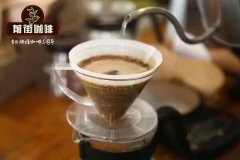
What are the skills of hand brewing coffee? Is it easy to get started with hand brewing coffee? What do you need to pay attention to?
Professional coffee knowledge exchange More coffee bean information Please pay attention to coffee workshop (Weixin Official Accounts cafe_style) Nowadays coffee has become an indispensable part of modern people's life. More and more people begin to pay attention to the quality of life and the spiritual richness brought by hand-made coffee. Gradually, they begin to abandon the traditional three-in-one brewing coffee and enjoy the fun of hand-brewed coffee instead. Actually, it's hard to say with your hands.
Related
- Beginners will see the "Coffee pull flower" guide!
- What is the difference between ice blog purified milk and ordinary milk coffee?
- Why is the Philippines the largest producer of crops in Liberia?
- For coffee extraction, should the fine powder be retained?
- How does extracted espresso fill pressed powder? How much strength does it take to press the powder?
- How to make jasmine cold extract coffee? Is the jasmine + latte good?
- Will this little toy really make the coffee taste better? How does Lily Drip affect coffee extraction?
- Will the action of slapping the filter cup also affect coffee extraction?
- What's the difference between powder-to-water ratio and powder-to-liquid ratio?
- What is the Ethiopian local species? What does it have to do with Heirloom native species?

